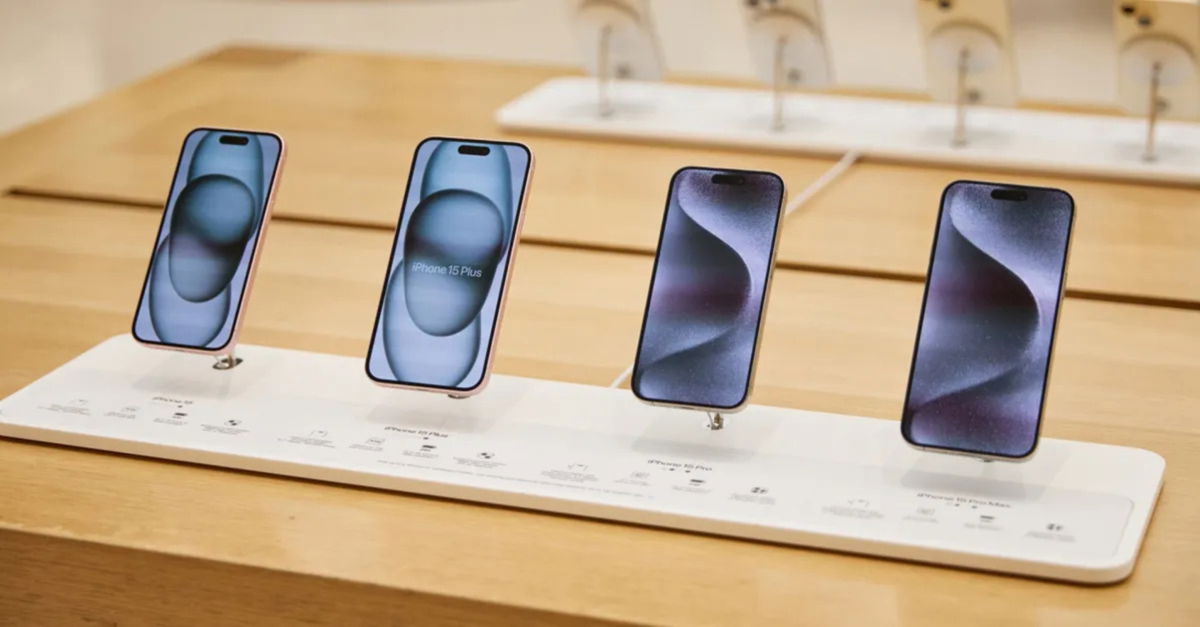The arrival of the Studio Display represents a new entry for Apple into the consumer monitor market, leaving aside the XDR Pro Display and its professional market focus. For the first time since the distant Thunderbolt Display, Apple is back with its own desktop monitor for a “majority” market.
And I put “majority” in quotation marks because, once again, the debate on the price of this screen is present. The Studio Display has a base price of 1,779 dollars, and can go up to 2,489 dollars if you want to have it with nano-textured glass and a height-adjustable stand. Yes, it’s much more expensive than other competing monitors, but if you take the magnifying glass out there’s nothing like the Studio Display in other brands’ offerings.
The union of several advantages that creates something unmatched at this time
The fact is that the Studio Display not just a monitor. It includes a display, a set of six speakers with spatialized audio, a 12 MP camera capable of using Center Stage, a USB-C port hub and an A13 Bionic chip to handle all these additions without weighing down the device. . .
So here one would not only have to look for competing monitors but also cameras, speakers capable of reproducing spatial audio, USB-C port hubs… and a search of multiple stores means there are very few alternatives that give you exactly all of them these functions. We have speakers and webcams, but none that gives you spatial sound or center stage.

As the monitor that comes closest to what the Studio Display offers (screen-wise), we have the LG Ultra Fine 5K which will soon return to the Apple Store as reported by MacRumors. For 1,255.15 dollars on Amazon we have the same 5K resolution, a USB-C port hub, speakers and a camera, but the last two components are of lower quality. In these same resolutions, unfortunately, there is not much else.

Another more standard and less Apple-friendly alternative is this other LG 34-inch ultra-wide monitor, which also has 5K resolution but loses the retina scale that macOS incorporates so well. In addition to USB-C, we gain more connection alternatives, but we lose the rest of the advantages of the monitor and we continue to pay a rather high price: 1,399 dollars on Amazon. There are cheaper monitors, of course: we have a 4K one at 422.90 dollars from LG on Amazon, but then we reduce the resolution and the connectivity possibilities considerably.
In the latter cases, other components must also be considered separately. A quality webcam (although without Center Stage) can be the Logitech Streamcam, for 102.42 dollars on Amazon. We also won’t have spatial audio in any of the competing speakers but we could consider the Creative Gigaworks for 107.89 dollars on Amazon.
If we add, we get lower price but very similar to Studio Display. In the end, the difference is not so great and on our table we end up with many more cables than what Apple offers us.
And when we add to all that that the Studio Display combines all these functions in a single product and that there is absolutely nothing to configure apart from connecting its Thunderbolt cable to the Mac, we have a product that is expensive but offers a unique experience for users who own a Mac Pro, Mac mini or Mac Studio. And also reduces the number of cables and peripherals on our table. For some, that’s the key.
The answer to the pricing debate will come from the demand for the monitor: if it sells, it’s a hit. Otherwise, Apple will have to rethink its strategies. And while I stress that the Studio Display might be cheaper, the truth is that it has its advantages in Macs that no rival can cover.









